GardenersHelper
In Memoriam
- Messages
- 6,344
- Name
- Nick
- Edit My Images
- Yes
These are from our garden yesterday and the day before. I used a Panasonic G9 with Olympus 60mm macro to capture 6K video post focus files and used Helicon Focus to extract and stack JPEGs from them and then finished off the images in Lightroom. I often work hand-held for botanical stuff but as an experiment I used a tripod to help steady the camera. I used it while keeping my hands on the camera, as you would use a monopod, and in fact for the last one only one leg of the tripod was on the ground because I had to work at a really awkward angle to reach over our tiny pond.
#1 Camellia bud just starting to open, f/2.8, ISO 400, 1/320 sec, 59 frames stacked, two stacks merged, one for the subject and one for the background
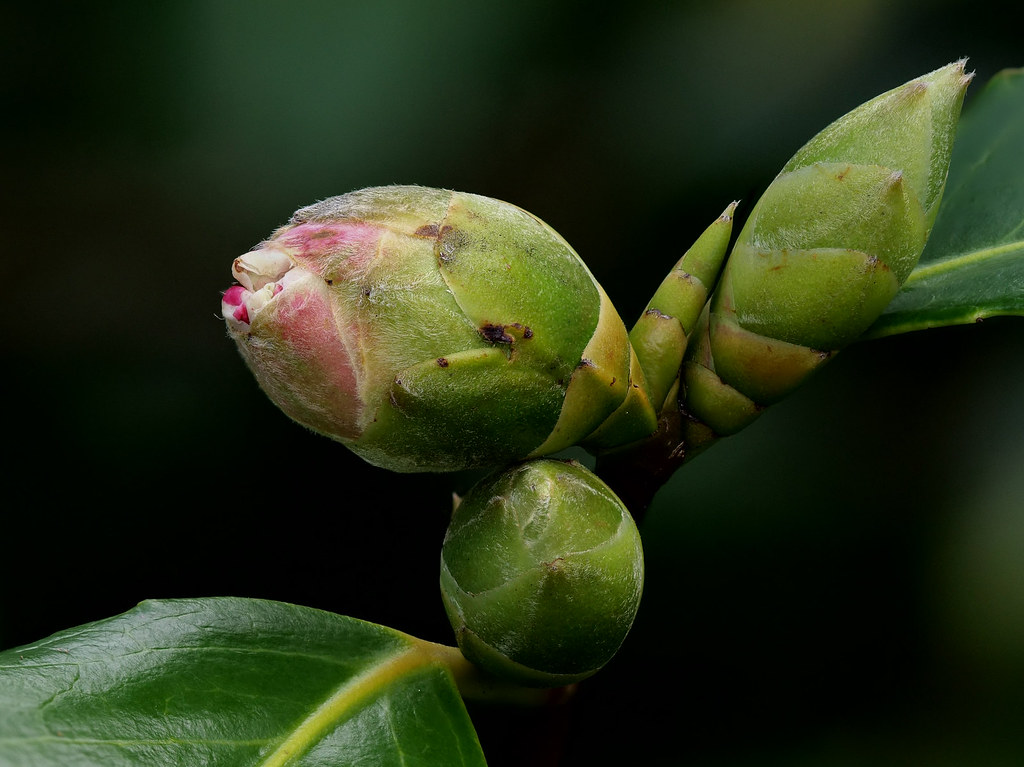 1414 0 2018_12_17 P1001032 G9+60 TPA PF59f F2.8 ISO400 1-320 B6,2+outerB50,5 LR7 1400h by gardenersassistant, on Flickr
1414 0 2018_12_17 P1001032 G9+60 TPA PF59f F2.8 ISO400 1-320 B6,2+outerB50,5 LR7 1400h by gardenersassistant, on Flickr
#2 Camellia bud, f/2.8, ISO 400, 1/250 sec, 78 frames stacked, two stacks merged, one for the subject and one for the background
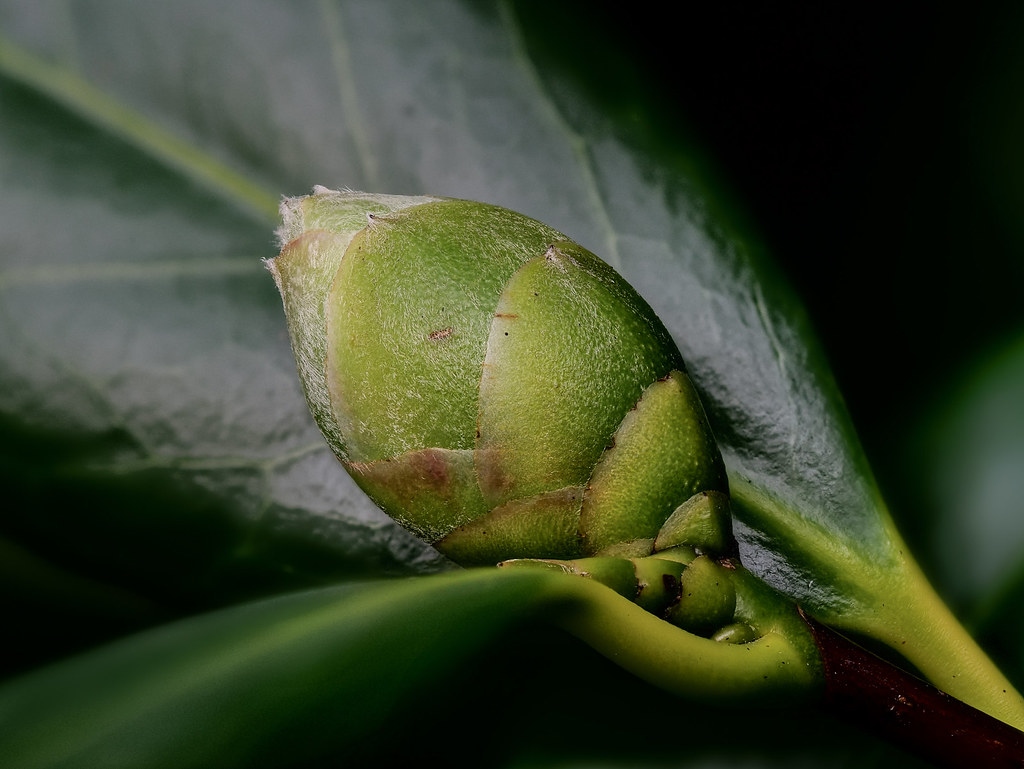 1414 2 2018_12_17 P1001058 G9+60 TPA PF78f F2.8 ISO400 1-250 C4+outerA21,9 LR7 1400h by gardenersassistant, on Flickr
1414 2 2018_12_17 P1001058 G9+60 TPA PF78f F2.8 ISO400 1-250 C4+outerA21,9 LR7 1400h by gardenersassistant, on Flickr
#3 Magnolia buds, f/2.8, ISO 400, 1/400 sec, 66 frames stacked, two stacks merged, one for the subject and one for the background
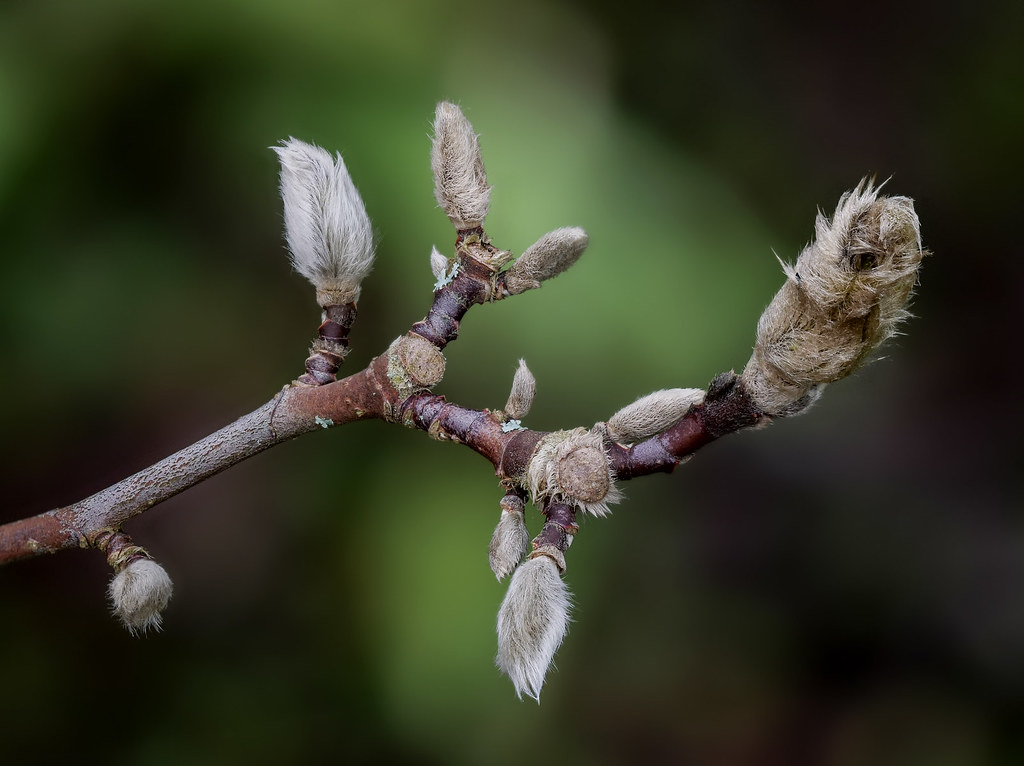 1414 3 2018_12_17 P1001061 G9+60 TPA PF66f F2.8 ISO400 1-400 B16,4+outerA16,8 LR7 1400h by gardenersassistant, on Flickr
1414 3 2018_12_17 P1001061 G9+60 TPA PF66f F2.8 ISO400 1-400 B16,4+outerA16,8 LR7 1400h by gardenersassistant, on Flickr
#4 Magnolia bud, f/2.8, ISO 400, 1/250 sec, 39 frames stacked, single stack
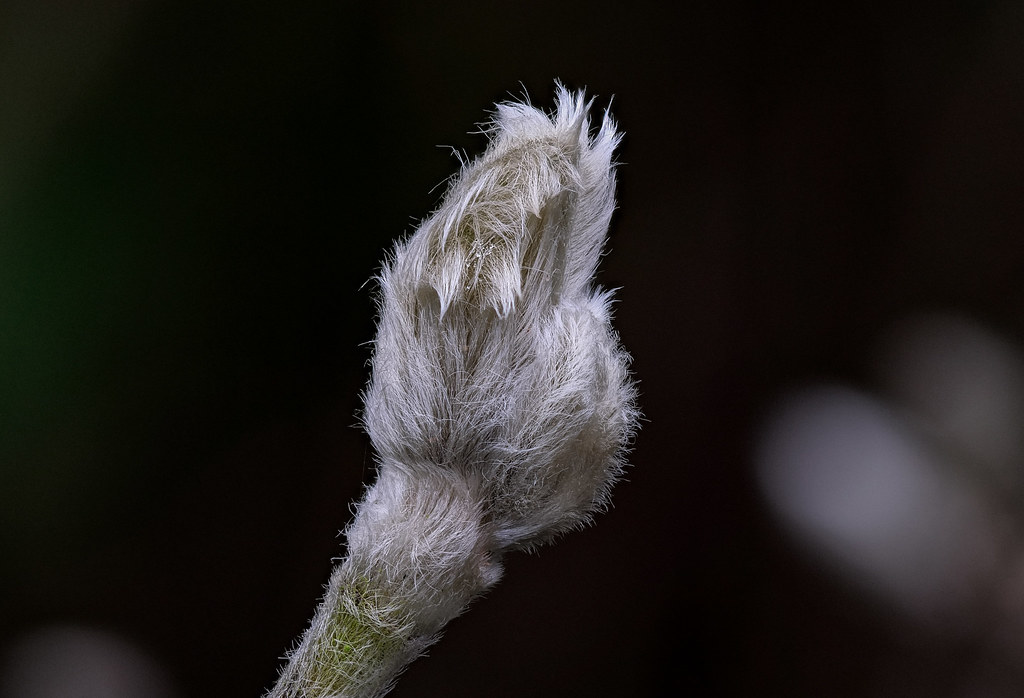 1414 4 2018_12_17 P1001079 G9+60 TPA PF39f F2.8 ISO400 1-250 C,4 LR7 1400h by gardenersassistant, on Flickr
1414 4 2018_12_17 P1001079 G9+60 TPA PF39f F2.8 ISO400 1-250 C,4 LR7 1400h by gardenersassistant, on Flickr
#5 Fern, f/2.8, ISO 400, 1/250 sec, 35 frames stacked, single stack
 1414 6 2018_12_17 P1001098 G9+60 TPA PF35f F2.8 ISO400 1-250 B8,4 LR7 1400h by gardenersassistant, on Flickr
1414 6 2018_12_17 P1001098 G9+60 TPA PF35f F2.8 ISO400 1-250 B8,4 LR7 1400h by gardenersassistant, on Flickr
#6 Schizostylis, f/2.8, ISO 800, 1/125 sec, 20 frames stacked, two stacks merged, one for the subject and one for the background
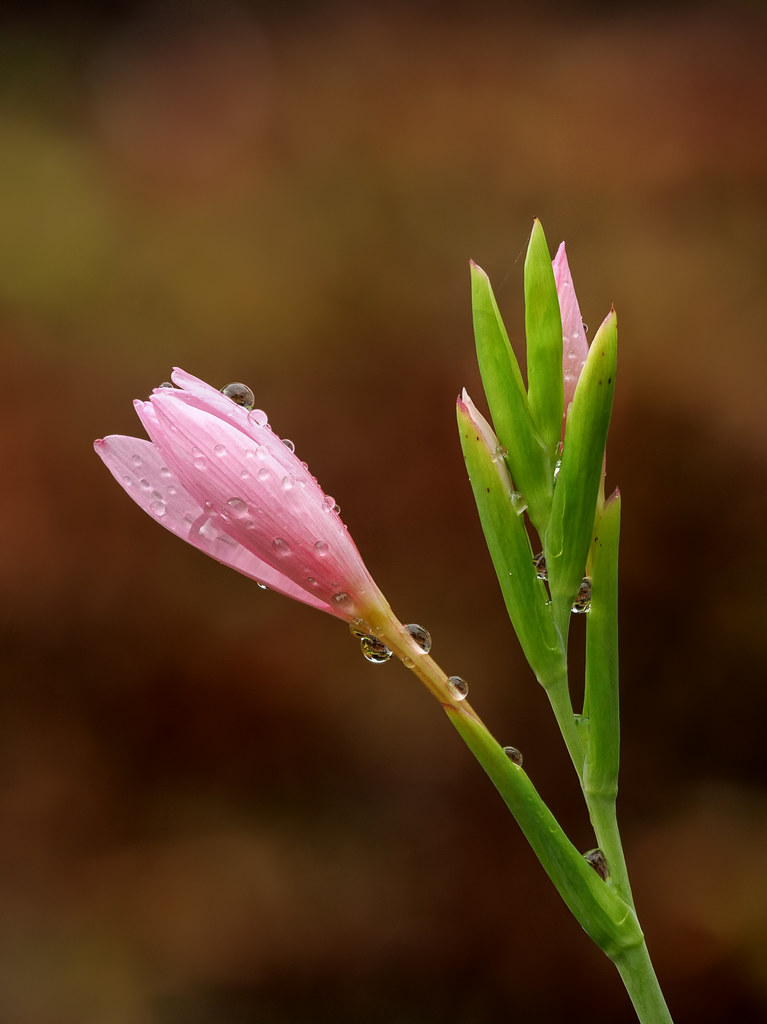 1413 1 2018_12_15 P1000796 G9+60 TRA PF20f F2.8 ISO800 1-125 B19,3+outerA19,3 LR7 1400h by gardenersassistant, on Flickr
1413 1 2018_12_15 P1000796 G9+60 TRA PF20f F2.8 ISO800 1-125 B19,3+outerA19,3 LR7 1400h by gardenersassistant, on Flickr
#7 Hebe, f/2.8, ISO 800, 1/30 sec, 30 frames stacked, two stacks merged, one for the subject and one for the background
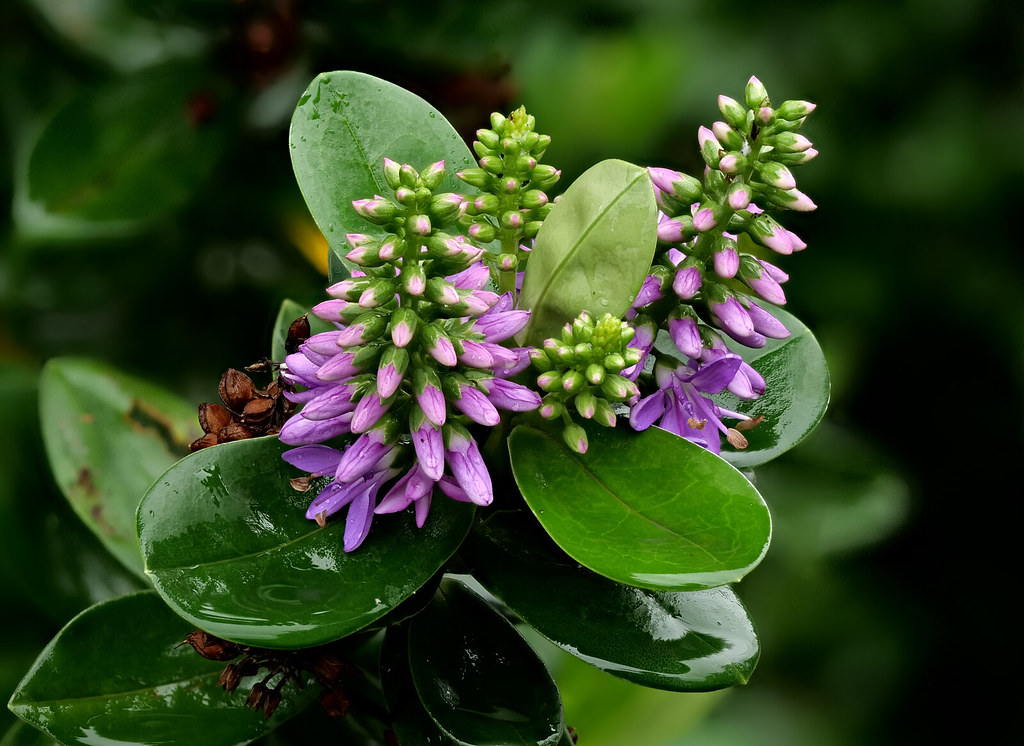 1413 3 2018_12_15 P1000820 G9+60 TRA PF30f F2.8 ISO800 1-30 C2+outerA9,4 LR7 1400h by gardenersassistant, on Flickr
1413 3 2018_12_15 P1000820 G9+60 TRA PF30f F2.8 ISO800 1-30 C2+outerA9,4 LR7 1400h by gardenersassistant, on Flickr
#8 Hypericum seed pods, f/2.8, ISO 1600, 1/40 sec, 33 frames stacked, single stack
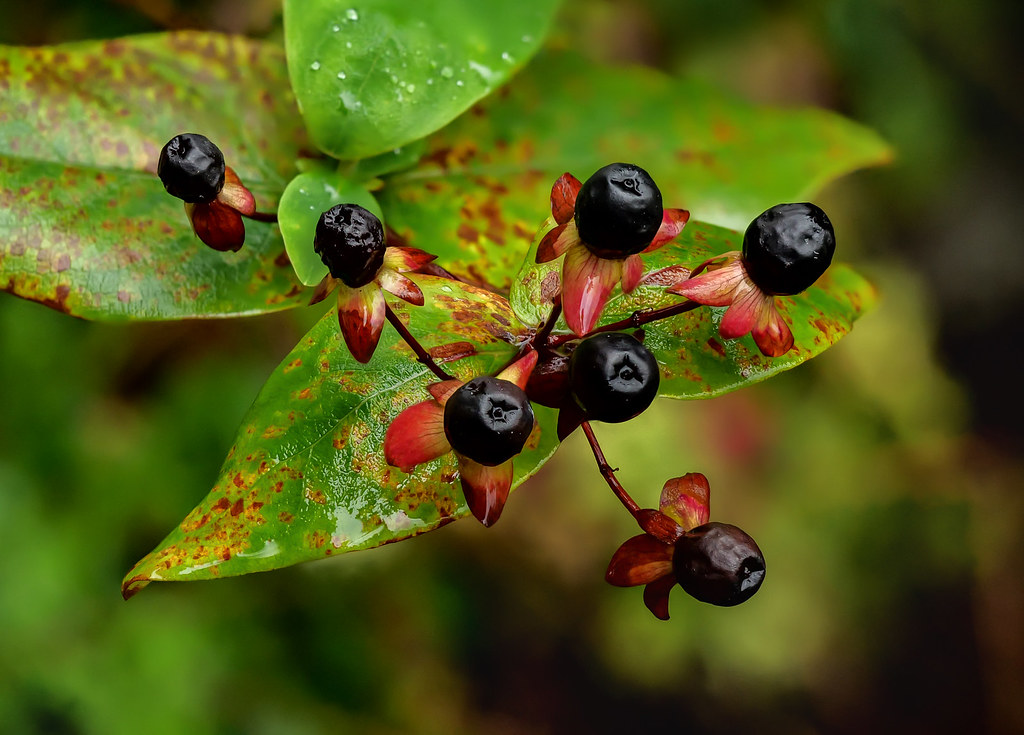 1413 5 2018_12_15 P1000834 G9+60 TRA PF33f F2.8 ISO1600 1-40 B9,4 LR7 1400h by gardenersassistant, on Flickr
1413 5 2018_12_15 P1000834 G9+60 TRA PF33f F2.8 ISO1600 1-40 B9,4 LR7 1400h by gardenersassistant, on Flickr
#1 Camellia bud just starting to open, f/2.8, ISO 400, 1/320 sec, 59 frames stacked, two stacks merged, one for the subject and one for the background
 1414 0 2018_12_17 P1001032 G9+60 TPA PF59f F2.8 ISO400 1-320 B6,2+outerB50,5 LR7 1400h by gardenersassistant, on Flickr
1414 0 2018_12_17 P1001032 G9+60 TPA PF59f F2.8 ISO400 1-320 B6,2+outerB50,5 LR7 1400h by gardenersassistant, on Flickr#2 Camellia bud, f/2.8, ISO 400, 1/250 sec, 78 frames stacked, two stacks merged, one for the subject and one for the background
 1414 2 2018_12_17 P1001058 G9+60 TPA PF78f F2.8 ISO400 1-250 C4+outerA21,9 LR7 1400h by gardenersassistant, on Flickr
1414 2 2018_12_17 P1001058 G9+60 TPA PF78f F2.8 ISO400 1-250 C4+outerA21,9 LR7 1400h by gardenersassistant, on Flickr#3 Magnolia buds, f/2.8, ISO 400, 1/400 sec, 66 frames stacked, two stacks merged, one for the subject and one for the background
 1414 3 2018_12_17 P1001061 G9+60 TPA PF66f F2.8 ISO400 1-400 B16,4+outerA16,8 LR7 1400h by gardenersassistant, on Flickr
1414 3 2018_12_17 P1001061 G9+60 TPA PF66f F2.8 ISO400 1-400 B16,4+outerA16,8 LR7 1400h by gardenersassistant, on Flickr#4 Magnolia bud, f/2.8, ISO 400, 1/250 sec, 39 frames stacked, single stack
 1414 4 2018_12_17 P1001079 G9+60 TPA PF39f F2.8 ISO400 1-250 C,4 LR7 1400h by gardenersassistant, on Flickr
1414 4 2018_12_17 P1001079 G9+60 TPA PF39f F2.8 ISO400 1-250 C,4 LR7 1400h by gardenersassistant, on Flickr#5 Fern, f/2.8, ISO 400, 1/250 sec, 35 frames stacked, single stack
 1414 6 2018_12_17 P1001098 G9+60 TPA PF35f F2.8 ISO400 1-250 B8,4 LR7 1400h by gardenersassistant, on Flickr
1414 6 2018_12_17 P1001098 G9+60 TPA PF35f F2.8 ISO400 1-250 B8,4 LR7 1400h by gardenersassistant, on Flickr#6 Schizostylis, f/2.8, ISO 800, 1/125 sec, 20 frames stacked, two stacks merged, one for the subject and one for the background
 1413 1 2018_12_15 P1000796 G9+60 TRA PF20f F2.8 ISO800 1-125 B19,3+outerA19,3 LR7 1400h by gardenersassistant, on Flickr
1413 1 2018_12_15 P1000796 G9+60 TRA PF20f F2.8 ISO800 1-125 B19,3+outerA19,3 LR7 1400h by gardenersassistant, on Flickr#7 Hebe, f/2.8, ISO 800, 1/30 sec, 30 frames stacked, two stacks merged, one for the subject and one for the background
 1413 3 2018_12_15 P1000820 G9+60 TRA PF30f F2.8 ISO800 1-30 C2+outerA9,4 LR7 1400h by gardenersassistant, on Flickr
1413 3 2018_12_15 P1000820 G9+60 TRA PF30f F2.8 ISO800 1-30 C2+outerA9,4 LR7 1400h by gardenersassistant, on Flickr#8 Hypericum seed pods, f/2.8, ISO 1600, 1/40 sec, 33 frames stacked, single stack
 1413 5 2018_12_15 P1000834 G9+60 TRA PF33f F2.8 ISO1600 1-40 B9,4 LR7 1400h by gardenersassistant, on Flickr
1413 5 2018_12_15 P1000834 G9+60 TRA PF33f F2.8 ISO1600 1-40 B9,4 LR7 1400h by gardenersassistant, on Flickr
